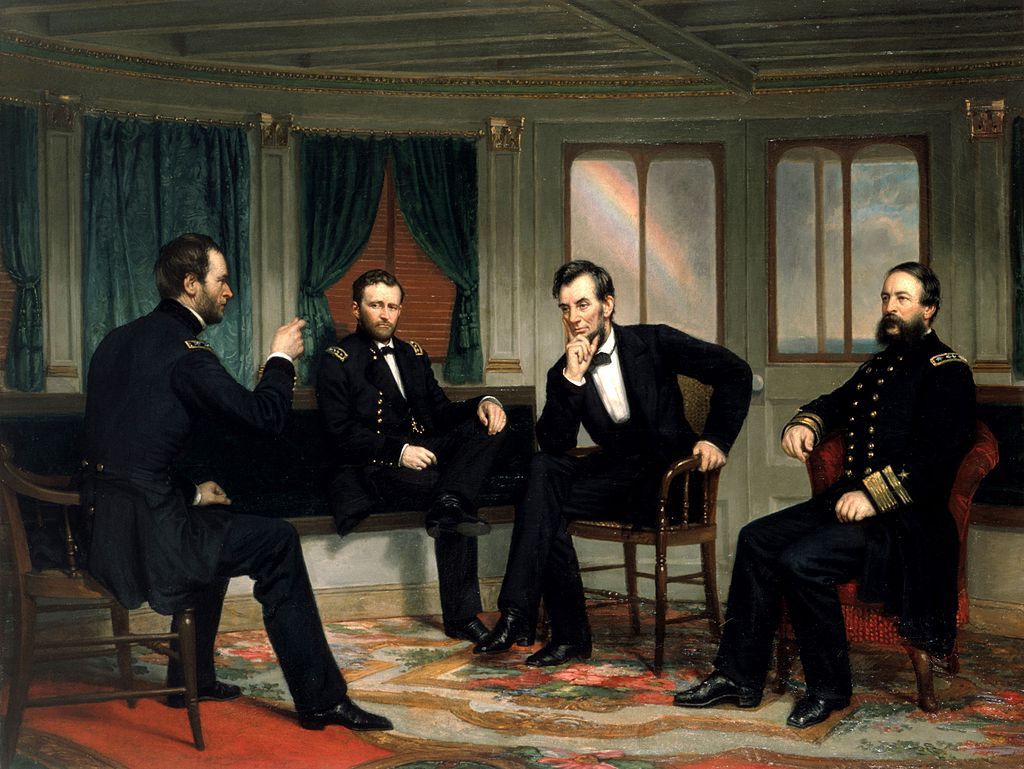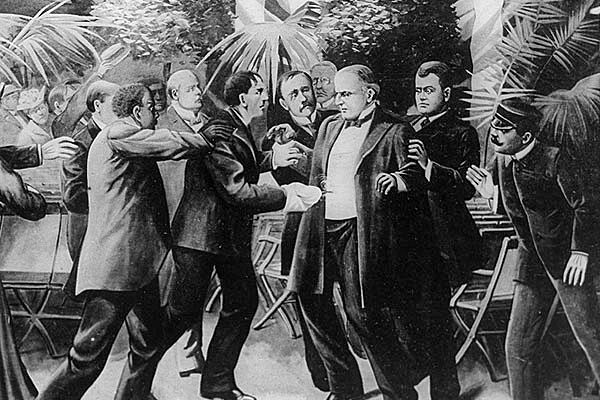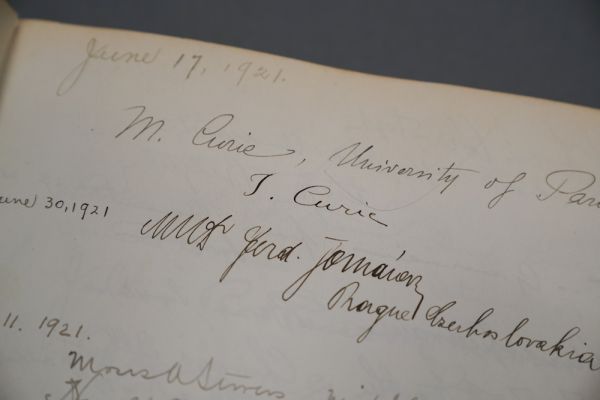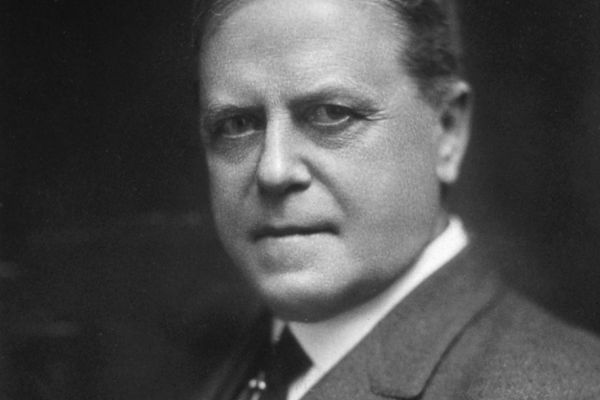Several of our past presidents had cancer. Due to the stigma of a cancer diagnosis at the time, two succeeded in keeping their diagnoses secret — at least during their terms in office.
Presidents with confirmed cancer include:
- Grover Cleveland, the 22nd president (1885-1889) and the 24th (1893-1897). In May of 1893, doctors boarded Cleveland's personal yacht to perform surgery on the president, successfully removing a cancerous growth from the roof of his mouth. Cleveland lived another 15 years, dying of a heart attack in 1908 at age 71. His cancer surgery was kept secret for more than 25 years.
- Ulysses Grant, the 18th president (1869-1877). Grant died of throat cancer at age 63.
- Lyndon Johnson, the 36th president (from Nov. 22, 1963 — the day John F. Kennedy was assassinated in Dallas, Texas — to Jan. 20, 1969). In 1967, several years into his term, Johnson underwent a secret skin cancer removal operation. He died of a heart attack on Jan. 22, 1973, at age 64.
- Jimmy Carter, the 39th president (1977-1981). In the summer of 2015, Carter revealed that he was being treated for metastatic melanoma, which had spread to his liver and brain. He underwent surgery, radiation therapy and immunotherapy (pembrolizumab / Keyruda®) to successfully fight the disease. Today he is 95 years old.
- Ronald Reagan, the 40th president (two terms, 1981-1989). During his second term, in 1985, Reagan was successfully treated for colon cancer; he also was treated for skin cancer in 1987. In 1994, following his presidency, he was diagnosed with Alzheimer's disease. He died in 2004 from Alzheimer's and pneumonia, a common health problem for people with that form of dementia.
And there is one president who doctors now speculate may have had cancer, or a cancer-causing disorder, but didn’t know it. Abraham Lincoln, our 16th president, served from March 4, 1861, to April 15, 1865, when he was shot and killed by assassin John Wilkes Booth. (Above, he's shown with General William Tecumseh Sherman, far left; General Ulysses Grant, second from left; and Rear Admiral David Dixon Porter, far right, in the 1868 painting "The Peacemakers," by George Peter Alexander Healy.)
At 6’ 4”, Lincoln was the tallest president, and also had unusually long and thin hands, feet, neck and face. Some doctors have suggested that he might have had Marfan syndrome, a genetic disorder of the connective tissue. Others have attributed his characteristics to multiple endocrine neoplasia type 2 (MEN2), a hereditary condition that affects hormone-producing glands and which can cause cancer in addition to muscle, joint and digestive problems.
In 2009, cardiologist John Sotos, MD, suggested that Lincoln had MEN2B, a more severe type of multiple endocrine neoplasia, which causes overgrowth of bones. It also causes benign overgrowth of nerve cells, which produces neuromas, or little balls of nerve tissue that accumulate in mucosal tissues.
“It turns out that Lincoln had a characteristic sign of this,” Dr. Sotos said in an interview with the journal Nature. “He had a big lower lip that was asymmetric and bumpy. One of the lumps on Lincoln’s lips is on the five-dollar bill.”
Lincoln was 56 when he died.
Never miss another Cancer Talk blog!
Sign up to receive our monthly Cancer Talk e-newsletter.
Sign up!


